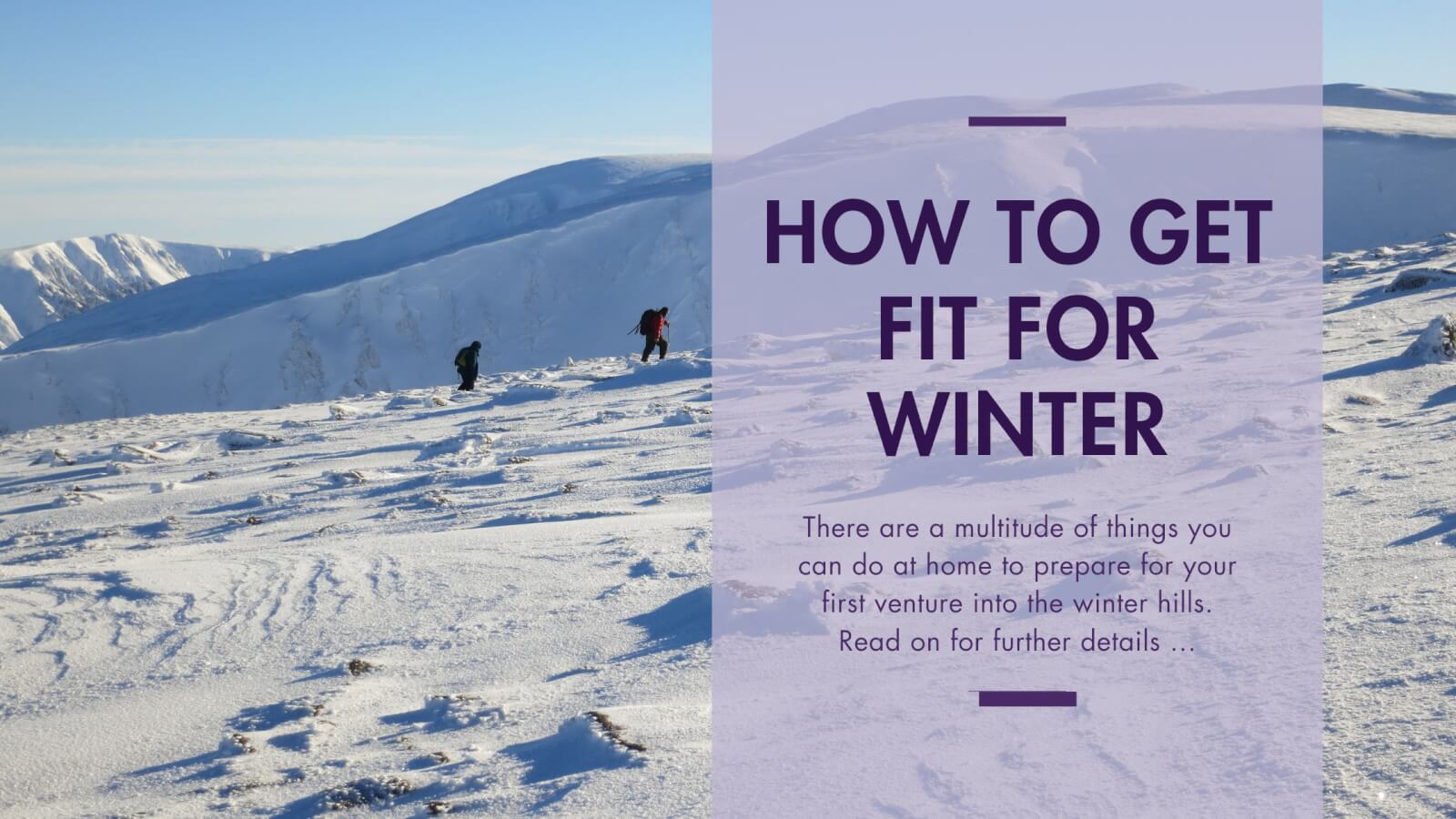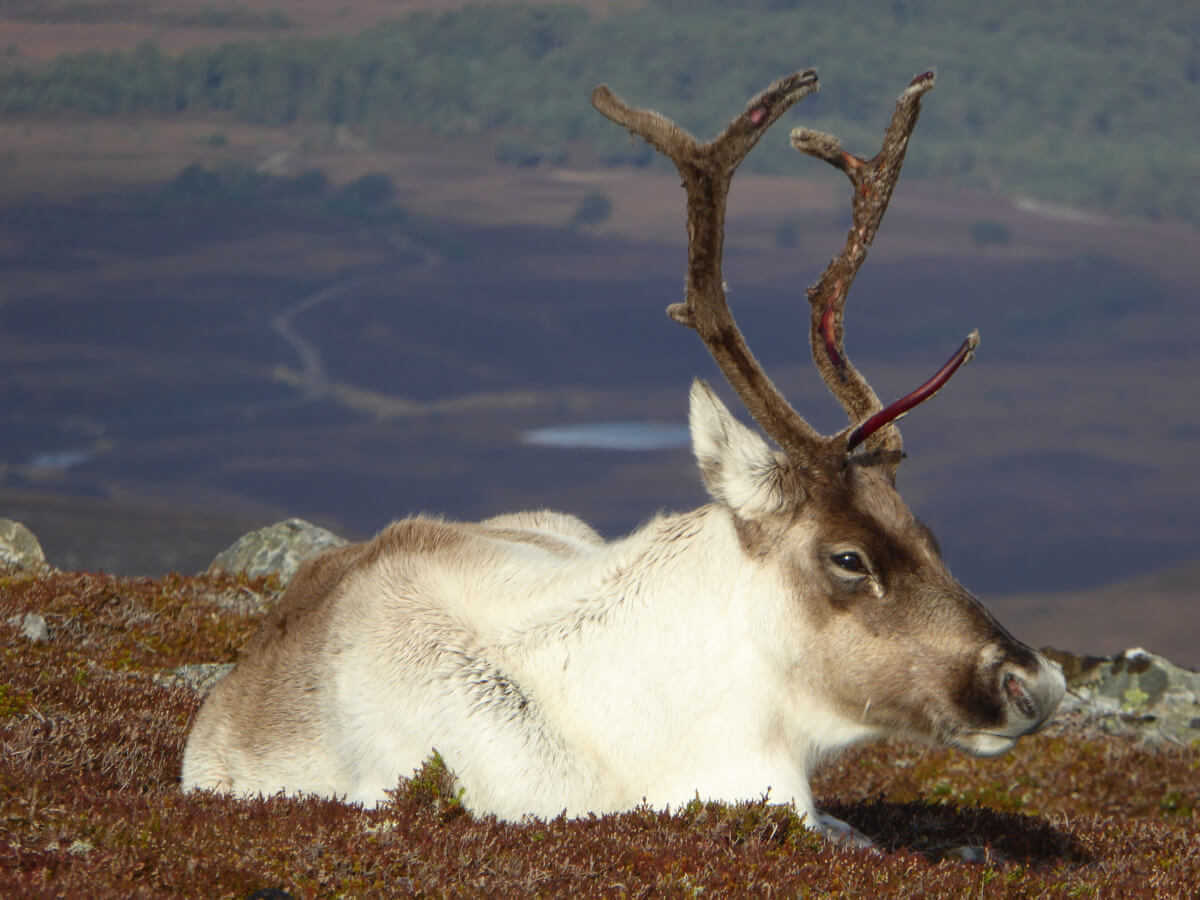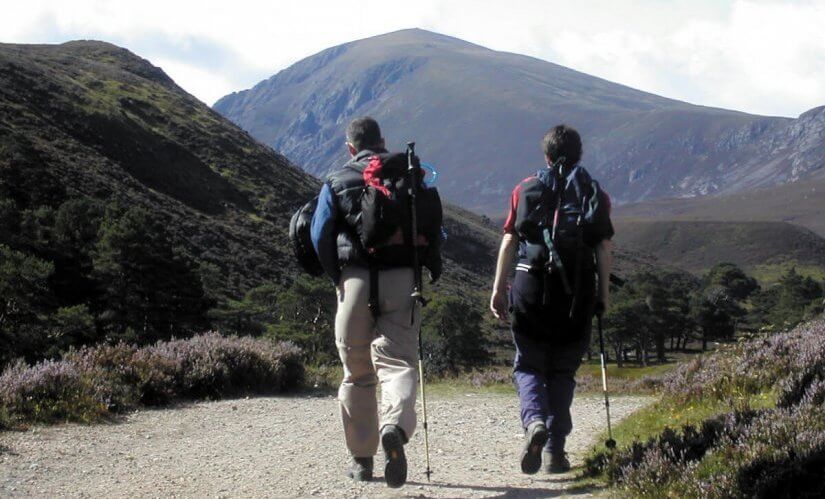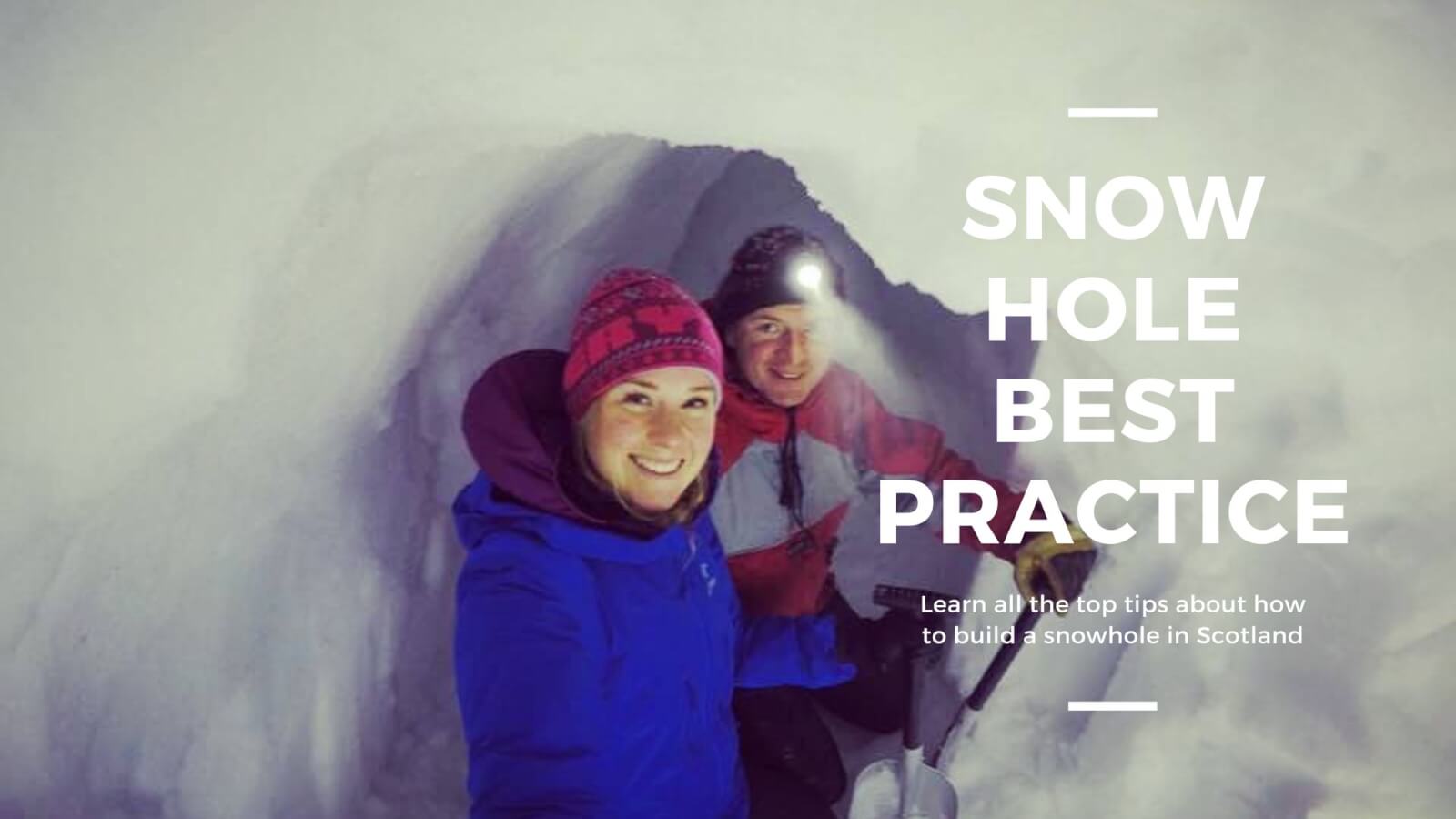How to Get Fit for Winter Hiking in the UK
Winter in the hills can be a magical time – crisp air, snow-dusted peaks, and quiet trails, but it also requires a special kind of fitness to make the most of it. But it also brings its own challenges. Shorter days, colder weather, and potentially tougher underfoot conditions all mean that a good level of fitness is essential if you want to enjoy your days out safely and comfortably. The good news is that preparing doesn’t have to be complicated. With the right approach, you can build the stamina, strength, and resilience you need before winter arrives.
Why winter demands more from your body
Walking in winter conditions can feel very different to the same routes in summer. Snow and ice underfoot mean your muscles work harder to stay balanced. Heavy layers, extra kit, and winter boots add to the load. Even a simple outing can burn far more energy than you might expect. Being physically prepared helps you to cope with these demands and ensures you still have the reserves to appreciate the beauty of your surroundings.
Building your base fitness
The best way to get ready for winter walking is to build a solid base of cardiovascular fitness. Aim for steady, regular activity that raises your heart rate without leaving you gasping. Brisk walking, cycling, or swimming are all excellent options. Consistency matters more than intensity: two or three sessions a week over a couple of months will make a noticeable difference when you hit the trails.
If possible, incorporate walking on hills or stairs into your routine. Uphill walking strengthens the muscles you’ll rely on most, and it also mimics the sort of steady effort needed on the hill.
Strength and stability
Winter conditions put particular strain on your legs and core, so it pays to include some simple strengthening exercises. Squats, step-ups, and lunges build leg power, while planks or seated leg lifts help stabilise your core. You don’t need a gym – bodyweight exercises at home can be enough. A strong core improves balance on uneven ground and helps reduce the risk of falls.
Don’t overlook your upper body. Carrying a heavier pack in winter can be tiring on your shoulders and back. Press-ups, rows with resistance bands, or even light weight training can make a difference.
Balance and flexibility
Ice, snow, and hidden rocks all test your balance. Try including some balance exercises, such as standing on one leg while brushing your teeth, or yoga-style stretches. Improved balance reduces fatigue and boosts confidence when moving across tricky ground. Flexibility, particularly in your hips and ankles, also helps keep your stride natural and reduces stiffness after a long day.
Don’t forget endurance
Longer outings are the best training for longer outings. If you can, get out on weekend walks that gradually increase in distance and height gain. These not only prepare your muscles and lungs, but also accustom your body to carrying a rucksack, using poles, and walking for several hours at a steady pace.
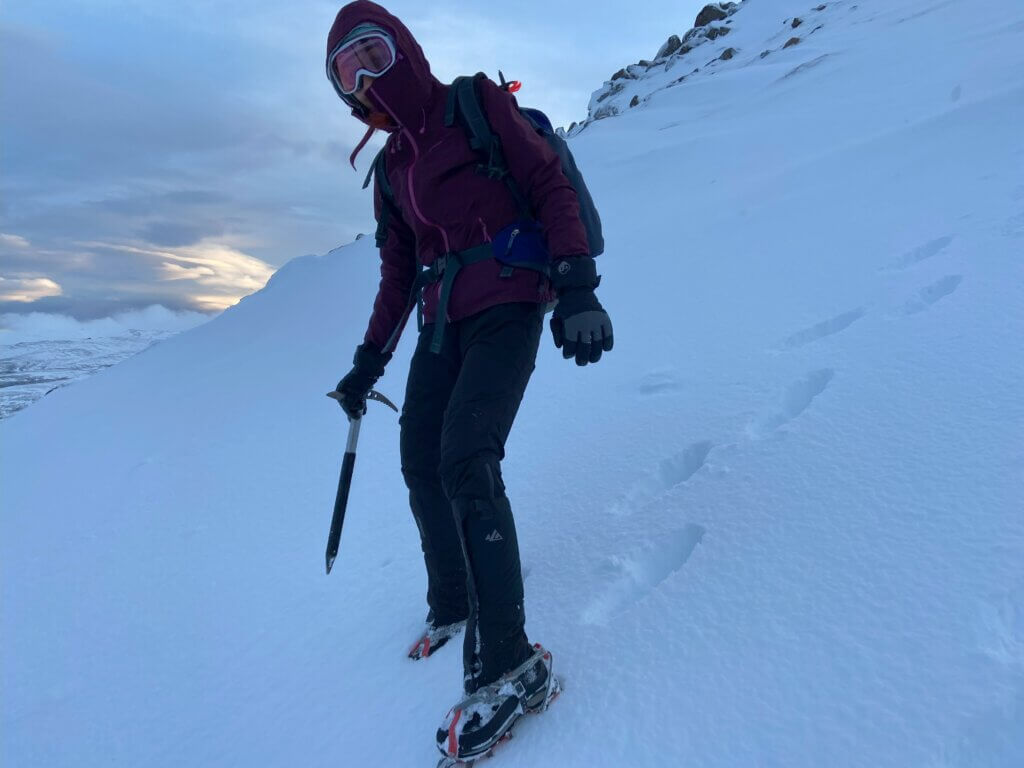
Ice Axe out! Time for some safety skills – New Year Winter Walking 2022 – 2023
Preparing the mind as well as the body to get fit for winter
Fitness is only part of the picture. Being comfortable outdoors in cooler, darker conditions matters just as much. Use the autumn months to walk in varied weather, get used to layers, and practise with winter kit such as poles, gaiters, or a heavier pack. Mental resilience is often what keeps you moving when conditions are less than perfect.
A gradual approach
Start your preparation early and build up steadily. A sudden burst of training in the weeks before a trip is more likely to lead to injury than fitness. Instead, focus on creating a routine that feels achievable and sustainable. This way, when winter arrives, you’ll have the strength and stamina to enjoy it fully.
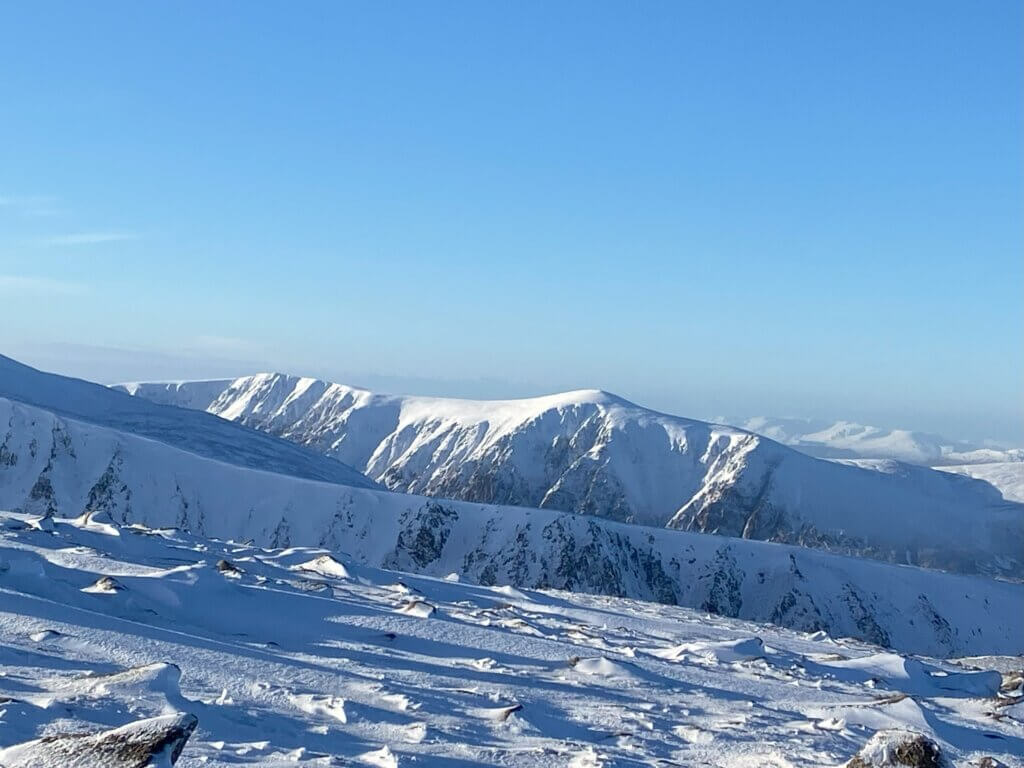
Can’t beat these views! New Year Winter Walking 2022 – 2023
Bringing it all together in the Cairngorms
Here in the Cairngorms, winter transforms the landscape into something truly spectacular. With the right preparation, you’ll not only cope with the conditions but relish the experience. Whether you’re heading out for a guided winter walk, joining a winter skills course, or simply exploring the snow-covered trails, a bit of pre-season training will reward you with more energy, more confidence, and more time to enjoy the wilderness.
For more tips and ideas of how to prepare keep an eye on our social channels


